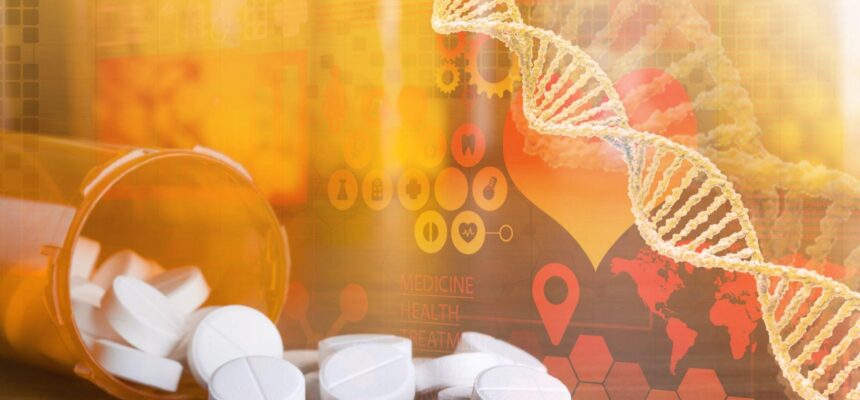
What Is Opioid Use Disorder?
Between July 2016 and September 2017 alone, the number of suspected opioid drug overdoses in the U.S. increased by 30%.1 A month later, the opioid crisis was made a national Public Health Emergency. The importance of understanding what opioid use disorder is, how it works, and how to get treatment became all the more important.
What Are Opioids?
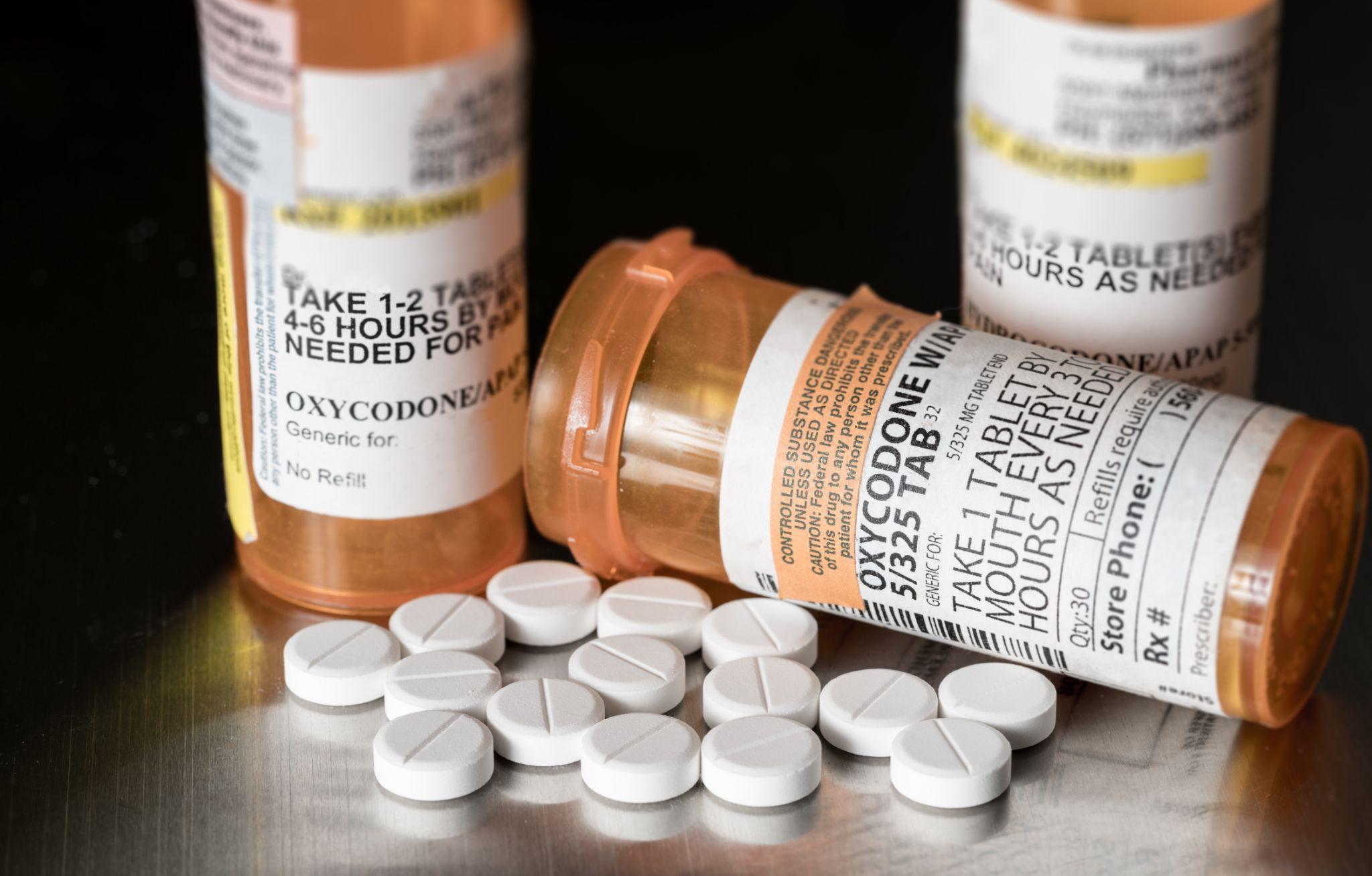
Opioids make up a class of drugs including natural or synthetic chemicals that act as analgesics (painkillers). Most opioids can be classified into three categories:
- Illegal drugs like heroin
- Synthetic opioids like fentanyl
- Prescription painkillers like oxycodone, morphine, and codeine
How Do Opioids Work?
Most opioid drugs are chemically similar, and all interact with opioid receptors on nerve cells in the body and brain.
By attaching to the opioid receptors in your body, opioids block pain signals being sent to your brain through the spinal cord. Since no pain signals reach your brain, you have no way of processing these signals and feeling the pain your body is experiencing. This mechanism mimics the effects of natural pain-relieving chemicals produced by your body.
However, taken in large doses, opioids can also cause temporary feelings of euphoria and relaxation, making them high-risk drugs for abuse.
What Are the Different Types of Opioids?
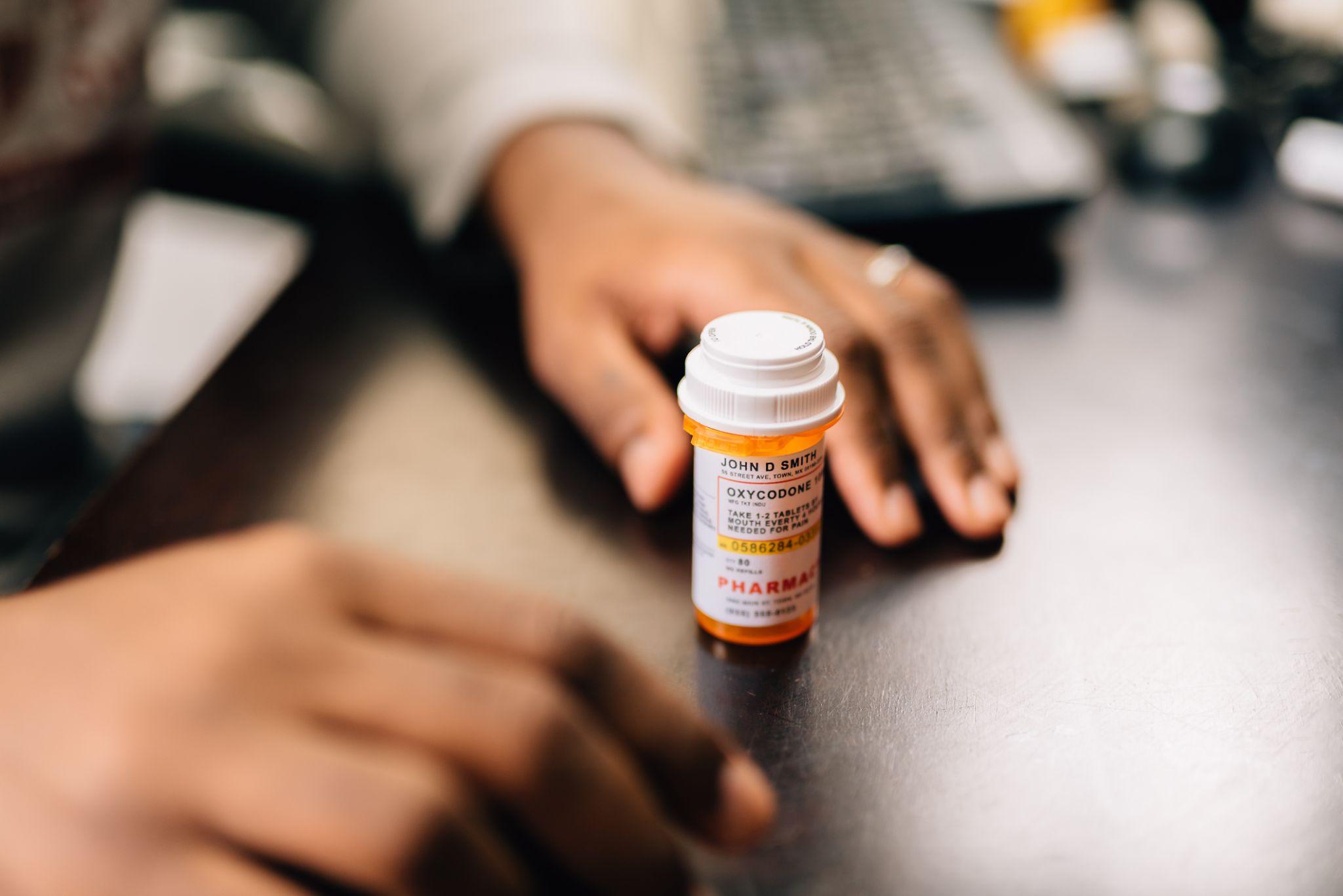
Although most opioids provide similar effects, they can differ greatly in strength and their potential dangers.
Prescription Pain Medications
Prescription opioids are commonly used to treat chronic pain or ease discomfort after surgery or a medical procedure. Other common reasons a doctor may prescribe opioids include:
- Acute pain due to injury
- During cancer treatment
- For palliative care
- As part of end-of-life care
The most common prescription painkillers are oxycodone (OxyContin), hydrocodone (Vicodin), morphine, codeine, tramadol, methadone, and fentanyl. Despite being prescribed by a doctor, tramadol, methadone, and fentanyl fall into the synthetic opioids category.
Synthetic Opioids
Natural opioids like morphine are typically derived from the opium poppy plant. Synthetic opioids, on the other hand, are manufactured in labs. Both natural and synthetic opioids share similar chemical structures.
The most well-known synthetic opioid is fentanyl. It is 100 times stronger than morphine and even 50 times stronger than heroin. As a prescription drug, fentanyl is only used to treat severe pain and is extremely dangerous if misused, due to its ability to cause an overdose.
Other synthetic opioids like tramadol and methadone aren’t as potent as fentanyl but still have a significant potential for abuse.
Illegal Opioids
Heroin is the most commonly used illegal opioid. It is often smoked or injected and is an incredibly addictive drug. Most people addicted to prescription opioids eventually start using heroin as a cheaper, more easily accessible alternative, although its dangers are often overlooked.
How Are They Used?
Opioid narcotics can be swallowed, smoked, injected, or snorted. Some can also be absorbed through your skin, and opioids come in a range of forms, including:
- Tablets
- Capsules
- Powders
- Oral sprays
- Injections
- Lollipops
- Skin patches
What Is Opioid Use Disorder?
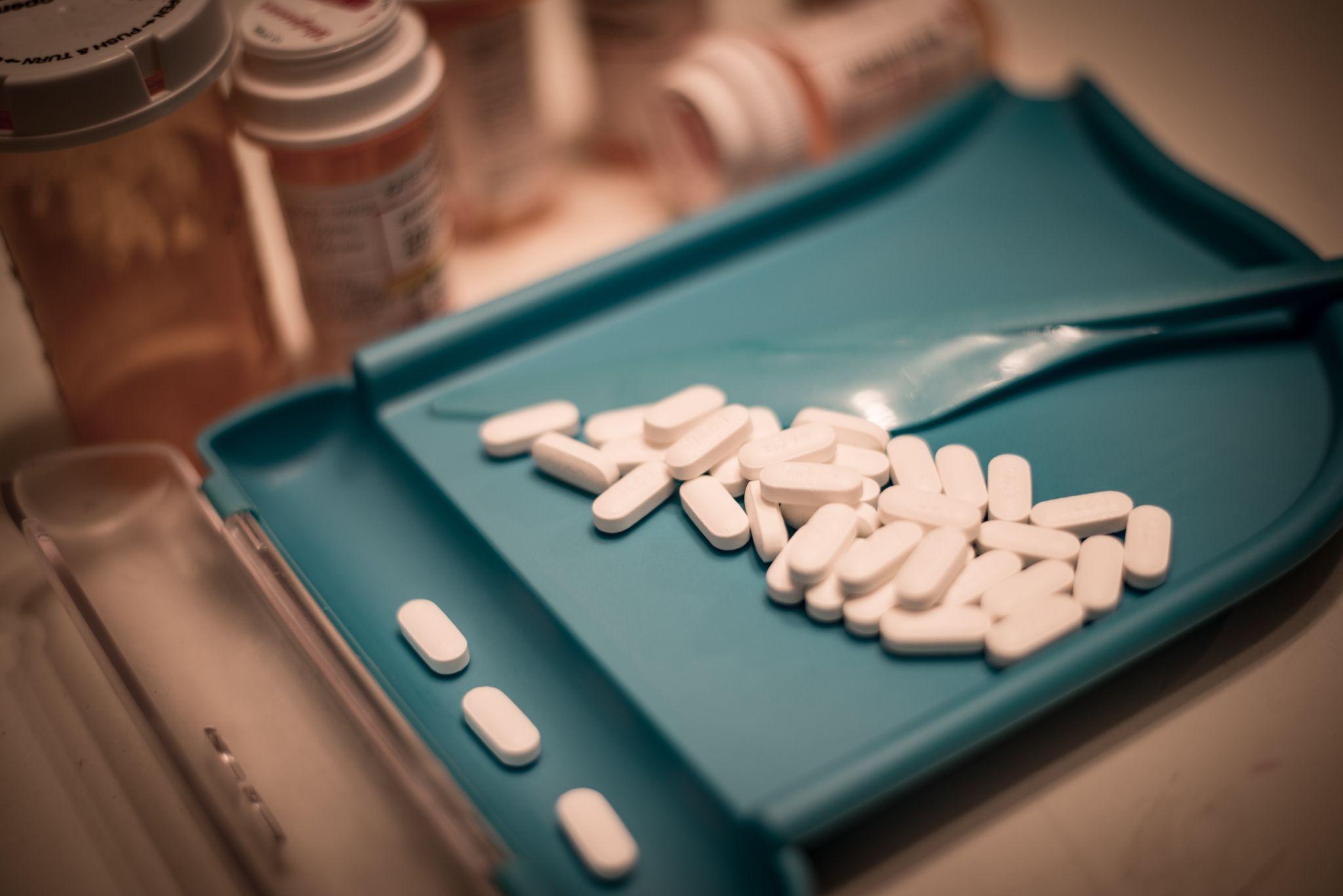
Opioid use disorder is classified as the chronic use of opioids that causes clinically significant impairment or distress.2 Opioid use disorder is often used interchangeably with opioid addiction and could have devastating effects on your physical and mental health. Once you become addicted to opioids, you are incapable of controlling or stopping your use of the drugs on your own. You may also use opioids compulsively and with no regard to your well-being.
How Do You Become Addicted to Opioids?
Most opioid addictions start with the use of prescription opioids to treat chronic or acute pain. No matter the type of opioid used, taking narcotics for an extensive period, even when prescribed to do so, can cause the development of tolerance.
Tolerance means you start needing more and more of the drug to feel the same effect. This is especially common if people misuse opioids for their euphoric effect and stop following their doctor’s prescription.
As you gradually increase your dose to maintain the drug’s effects, you may become dependent on these effects to get through your everyday life. This is known as physical or psychological dependence.
Once you have developed both tolerance and dependence, it can be challenging to reduce, control, or stop using the drug without experiencing opioid withdrawal.
Compulsively and continuously using opioids despite their negative effects on your health and well-being is one of the criteria used to diagnose an opioid use disorder and is a good indicator of addiction.
Symptoms of Opioid Use Disorder
There is a range of symptoms you may experience if you have an opioid use disorder, including:3
- Not being able to control your opioid use
- Intense cravings
- Constant drowsiness or fatigue
- Either difficulty sleeping or sleeping more than usual
- Unexplained weight loss
- Recurring flu-like symptoms
- Poor hygiene
- Isolation from your loved ones
- Stealing or lying
- Experiencing financial difficulties
- Withdrawal symptoms whenever you try to stop or reduce your use of opioids
Common opioid withdrawal symptoms include:
- Anxiety
- Insomnia
- Restlessness
- Body aches and pains
- Sweating
- Nausea and vomiting
- Elevated heart rate
How Is Opioid Use Disorder Diagnosed?

If you or a loved one is exhibiting a problematic pattern of opioid use and are worried it might be due to an undiagnosed opioid use disorder, the best way to get a definitive answer is to seek professional help and advice.
Opioid use disorders are diagnosed according to criteria set out by the Diagnostic and Statistical Manual of Mental Disorders, also known as the DSM-5. The symptoms or signs included in the diagnostic criteria are:4
- Taking opioids in larger doses and for longer periods than prescribed or intended
- Trying or failing to reduce or control your use of opioids
- Spending a significant amount of time trying to obtain, use, or recover from the effects of opioids
- Experiencing cravings or strong desires to use opioids
- Failing to fulfill school, work, or family obligations because of opioid use
- Continuing to use opioids even though it causes social and interpersonal problems
- Missing important social, familial, or occupational activities because you’d rather use opioids
- Using opioids even though it puts you in physical danger
- Continuing your use of opioids even though you know it will cause adverse effects on your mental and physical health
- Developing tolerance
- Experiencing withdrawal symptoms when not using opioids
The Dangers of Opioid Use Disorder
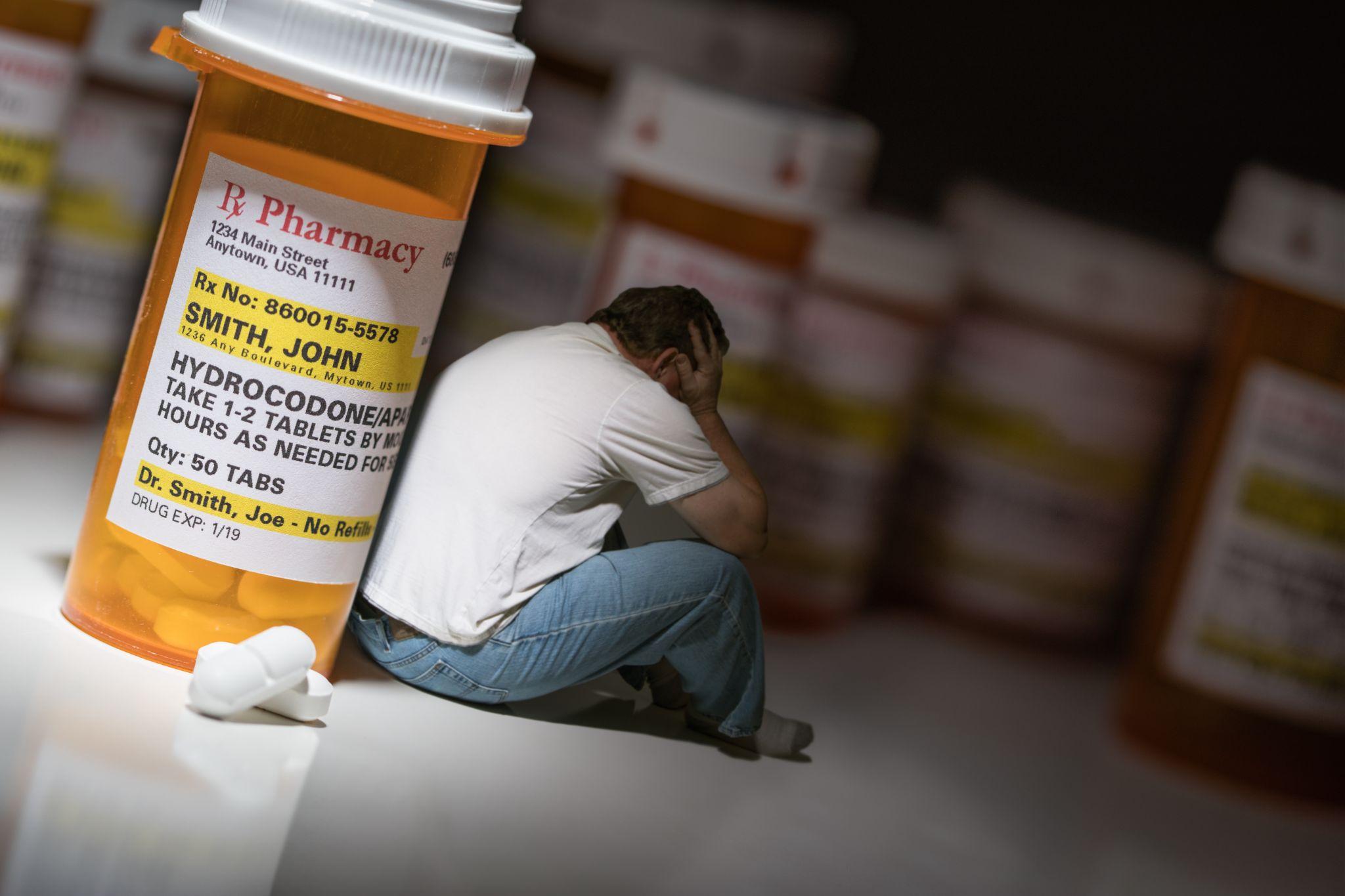
One of the greatest dangers of opioid abuse is an overdose. It is the leading cause of drug-related deaths and can occur quickly and unexpectedly. Opioid overdoses typically occur as a result of:
- Relapse: Trying to quit opioids by yourself could lead to a relapse after a few days or weeks. By then, your body is no longer used to the large amounts of opioids you were using before. By taking the same dose as you did before you tried to quit, you could send your body into an overdose.
- Lacing: Heroin bought on the street is often laced with other drugs like fentanyl. These drugs could be significantly more powerful and dangerous and, when taken without your knowledge, could cause a fatal overdose.
Preventing Opioid Use Disorder
One of the best ways to prevent the spread of opioid use disorder is to minimize the occurrence of people misusing opioids. This can be done in a variety of ways, including:5
- Implementing prescription drug monitoring programs
- Making sure doctors prescribe and administer opioids correctly
- Educating patients on the dangers of opioid use beforehand and when to seek help before a full-blown addiction develops
- Ensuring patients do not share their medication and know how to store it safely
- Increasing the awareness of the dangers of opioid abuse and overdose
How Is Opioid Use Disorder Treated?

Opioid use disorder is best treated by professionals in a rehab or recovery center. Due to the nature of opioid addiction and the high risk of overdosing, participating in medical detox is your best option, followed by entering either a residential or outpatient treatment program. Long-term treatment programs for opioid abuse should include the following to be most effective:
- Therapy: Cognitive behavioral therapy and one-on-one meetings with an experienced therapist can help you identify and address the underlying causes of addiction and what factors may be contributing to your opioid use.
- Medication-assisted treatment: Using methadone or naloxone to manage withdrawal and prevent an overdose is often a vital part of recovering from opioid addiction.
- Counseling: Group counseling and support can play an essential role in your recovery. Discussing your experiences with like-minded individuals who are also undergoing addiction treatment could help you stay motivated to maintain your sobriety.
If a loved one or you have an opioid use disorder and needs help, get in touch with our team today at (888) 418-4188, or visit our dedicated opioid abuse webpage for more information and assistance in seeking treatment.
Sources:
- https://www.psychiatry.org/patients-families/addiction/opioid-use-disorder
- https://pubmed.ncbi.nlm.nih.gov/31985959/
- https://www.hopkinsmedicine.org/health/conditions-and-diseases/opioid-use-disorder
- https://www.asam.org/docs/default-source/education-docs/dsm-5-dx-oud-8-28-2017.pdf
- https://www.cdc.gov/opioids/overdoseprevention/opioid-use-disorder.html








